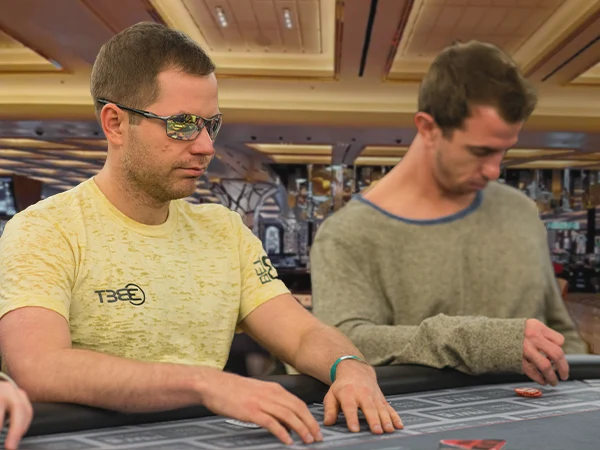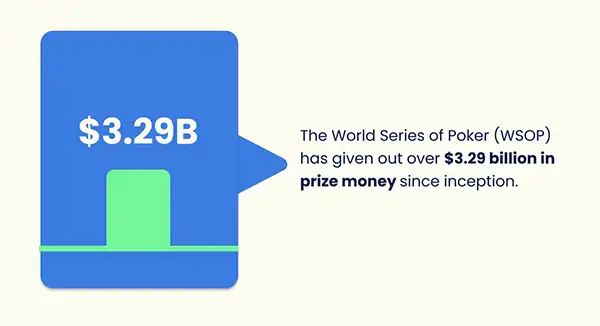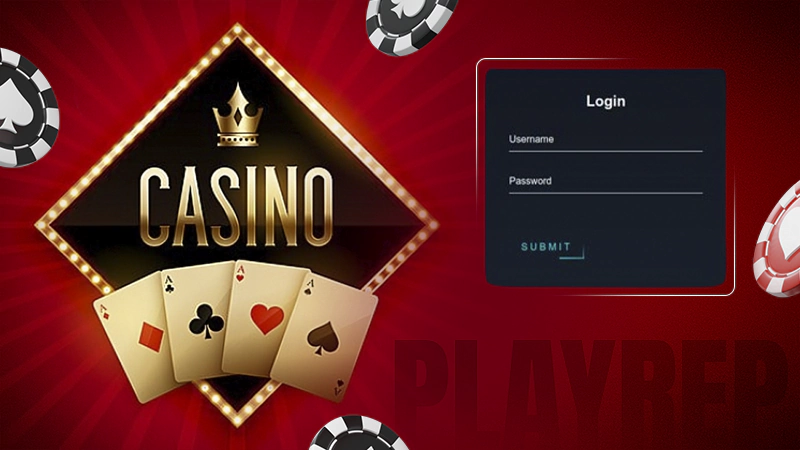Poker tournaments require strategy and skill to succeed. With multiple players competing for a limited number of payout spots, you have to play smart to finish in the money. If you have the talent and skills to outshine everyone in the competition, poker tournaments can be a great source of money and an entertainment option for you.
The game is not played randomly. To win every poker game, there is a whole process of identifying your skills first and learning to understand the competition and intensity of the game. Analyze your chance of winning the bet, or at least not losing any amount. If you master all these skills, you are good to go.
That said, to give the entire insights into the dynamics of poker tournaments, follow this write-up till the end.
Unconventional Approaches in Modern Competitions

Focusing on the elements of unpredictability and skill, poker tournament dynamics have evolved hastily. One of the understated shifts lies in the balance between aggression and caution among players. Early stages often feature more conservative; as participants gain information about opponents, they adjust tactics. In contrast, final rounds can turn unpredictable as players employ complex strategies, especially when they’re low on chips or trying to manipulate the table’s psychology.
Understanding these evolving dynamics provides keen insights into not just the rules, but the intricate nuances that differentiate amateurs from professionals. Note the blend of analytics and intuition; this combination elevates the stakes and complexity, compelling participants to continuously adapt.
Starting Stack Size

One of the major factors in a poker tournament is the starting stack size relative to the blinds. Having a deeper starting stack gives you a bigger wiggle room to play without becoming desperate. It allows you to absorb losses from early mistakes or bad beats. You also don’t have to compete as many speculative hands just to stay afloat.
Conversely, a shallow starting stack means you have to compete tighter from the start. There’s less room for error since just a few big losses can cripple your stack. You may have to resort to push-fold sooner than you’d like. Pay close attention to stack sizes and adjust your game accordingly.
Blind Increases
Poker tournaments use escalating blinds to force the action over time. The blinds steadily take up your stack, requiring aggressiveness to compensate. The structure of the blind increases significantly impacts the game.
Slow-blind structures allow for drama in the early levels. You’ll be able to leverage your skill edge with less pressure from the blinds. In contrast, fast structures force you to compete with hands and gamble at higher rates. Knowing the blind structure lets you plan your strategy correctly.
Watch out for big blind jumps late in tournaments as well. These can quickly change the complexion of the tournament, requiring swift adjustments. Don’t let a sudden increase catch you off guard.
Opponent Tendencies

Your opponents’ styles significantly influence optimal tournaments. Some players are overly tight or passive and can be exploited. Others are aggressive or make big bluffs, requiring caution in pots against them.
Pay close attention and take notes on opponents early in a tournament. Look for tendencies like their pre-flop opening ranges, continuation betting frequencies, and propensity to bluff. Adapt your strategy player by player.
Also, realize regulars may change their stand against you once they identify you as a skilled pro. Remain observant of changes in their tendencies over time.
Stack Sizes
Keep constant track of your stack size and that of opponents. As stacks get shallow relative to blinds, equities run closer together, and the benefits of aggression increase.
When you or your opponents are down to 20 big blinds or less, opening ranges must widen. Be prepared to push or fold with many hands, based on stack sizes and action in front. Equities diminish with lower effective stacks, so you have to gamble further.
Conversely, when effective stacks are deep, there’s room for post-flops. You can leverage your skill edge with raises, floats, and thin-value bets. Deep stacks incentivize aggression since the payoffs are higher.

Interesting Fact: The World Series of Poker (WSOP) has given out over $3.29 billion in prize money since the series started.
Bubble Considerations

As the money bubble approaches, pay attention to stack sizes of short stacks and the payout structure. Avoid marginal situations against desperate short stacks shoving to survive. There is little extra payoff for eliminating them when the bubble is near.
Conversely, as a short stack on the bubble, look for spots to move all in against hesitant opponents. They will often fold marginally winning hands to avoid risking their tournament life so close to the money.
Once safely into the money after the bubble pops, you can compete straightforwardly based on equity. ICM considerations matter to a greater extent at final tables when ladders get steeper.
Heads-Up Dynamics
Heads-up play requires major adjustments from full-ring tournaments. With just two players, almost every hand goes to showdown so you must widen ranges significantly.
As the aggressor, c-bet so frequently when checked to on the flop. Be willing to apply pressure with any piece of the board or backdoor draw. Your opponent will have a weaker range from the big blind.
As the big blind, be prepared to check-call or check-raise wider. You close the action so your checks may induce bluffs. Float to a greater extent often then reassess on the turn.
Heads-up tournaments pivot on your ability to exert and withstand relentless pressure. Prepare for a higher volume of pots with wide ranges.
Final Table Play
Approaching the final table, study your opponents’ chip stacks and the payout jumps. Chip leaders can leverage their stack advantage, putting pressure on shorter stacks.
When you’re the chip leader, bet and raise further frequently to exploit fold equity. But don’t overplay your hand against desperate short stacks. They’ll be looking for any spot to double up.
For short stacks at the final table, spots to move all in or shove light open up. You have much less to risk relative to the pay jumps. Just don’t spew your stack without sufficient equity.
Conclusion
Make your deep run count by understanding these necessary tournament dynamics. Adjust your play according to stack depths, blind levels, and opponent tendencies. With the right adjustments, you can maximize your equity to the final table.

